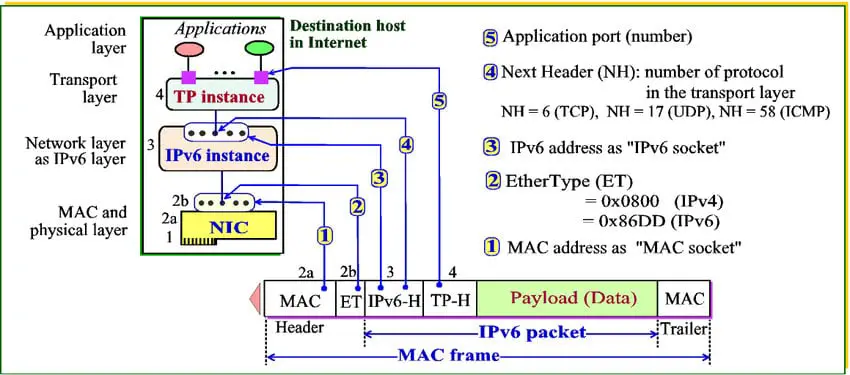The term Broadcast Frame might sound familiar to those who have even a passing acquaintance with computer networking. But what exactly does it entail, and why is it so crucial in Ethernet environments? This article aims to shed light on what Broadcast Frames are, their role in computer networking, and considerations for optimal usage.
Index:
- What is a Broadcast Frame?
- Why Are Broadcast Frames Used?
- Limitations and Network Impact
- Scope of Broadcast Frames
- Best Practices
- Conclusion
1. What is a Broadcast Frame?
In Ethernet networks, Broadcast Frame is a specially crafted frame with a unique Media Access Control (MAC) address, written in hexadecimal as FF-FF-FF-FF-FF-FF. This hexadecimal address is equivalent to 48 binary «ones». The meaning of this address in Ethernet is simply that this frame is intended to be received and processed by every node on the network of computers. In other words, this signals to all network devices that this frame needs to be received and processed by every node within the local network.

Broadcast frames are generated when certain network services need to make announcements to other hosts on the network. Too many broadcast frames on a network can degrade communication between nodes on the network.
2. Why Are Broadcast Frames Used?
Broadcast Frames serve as the cornerstone for network-wide communication for specific purposes. Here’s a breakdown of some typical use-cases:
Address Resolution Protocol (ARP)
When a device needs to find the MAC address corresponding to a specific IP address, ARP comes into play. It sends a Broadcast Frame to all devices in the local network. The device with the matching IP will respond, enabling communication.
Dynamic Host Configuration Protocol (DHCP)
When a new device joins a network, it needs an IP address. DHCP uses Broadcast Frames to offer a range of IP addresses to the device, which chooses one and notifies the DHCP server to prevent duplicate assignments.
Network Discovery
Various network management tools and services employ Broadcast Frames to discover devices on a local network. This is crucial for mapping network topology, security audits, and other administrative tasks.
3. Limitations and Network Impact
While invaluable, Broadcast Frames can lead to several challenges if not properly managed:
Bandwidth Consumption
Each Broadcast Frame is sent to all devices in the network, consuming valuable bandwidth. This can become problematic in larger networks with many nodes.
CPU Overhead
Processing Broadcast Frames requires computational resources. Excessive broadcasts can lead to increased CPU usage on network devices, thereby affecting performance.
Network Collisions
Too much broadcast traffic can increase the likelihood of data collisions in the network, affecting its overall efficiency and reliability.
4. Scope of Broadcast Frames
Broadcast Frames are confined to the local network segment due to specific router configurations. Here’s why:
Router Behavior
By default, most routers are designed not to forward Broadcast Frames to prevent network congestion and maintain security boundaries.
VLANs and Subnets
In complex networks with multiple Virtual LANs (VLANs) or subnets, Broadcast Frames are restricted to the specific segment from which they originated, maintaining a controlled scope of impact.
5. Best Practices
Managing Broadcast Frames efficiently requires a combination of network design and monitoring:
Segmentation
Using VLANs can help isolate Broadcast Frames within specific network segments, reducing their impact on the overall network.
Rate Limiting
Many modern switches offer features that allow administrators to limit the rate of broadcast traffic, providing a useful mitigation technique against excessive broadcasts.
Monitoring
Keeping an eye on the network for sudden spikes in Broadcast Frames can be an early indicator of configuration issues or even security incidents.
6. Conclusion
Broadcast Frames are indispensable in Ethernet networking but come with their set of challenges and limitations. An understanding of their role, impact, and best management practices is crucial for maintaining an efficient and secure network. As networks continue to evolve, the way we handle Broadcast Frames will also have to adapt, making ongoing education and monitoring essential for network administrators.